

Potassium Dihydrogen Phosphate 500gm
$1,125.00 Original price was: $1,125.00.$950.00Current price is: $950.00.
Potassium dihydrogen phosphate (KH₂PO₄) is a chemical compound often referred to as KDP. It is a water-soluble crystalline substance that is commonly used in analytical chemistry, as a buffering agent in biological and biochemical research, and in the formulation of fertilizers. Here are some key points about potassium dihydrogen phosphate:
- Chemical Formula: The formula KH₂PO₄ indicates that it contains one potassium ion (K⁺), one hydrogen ion (H⁺), one phosphate ion (PO₄³⁻), and two hydrogen atoms.
- Physical Properties:
- KH₂PO₄ is a colorless or white crystalline powder.
- It is highly soluble in water, which makes it useful in aqueous solutions.
Uses of Potassium Dihydrogen Phosphate
Buffering Agent:
One of the primary uses of KH₂PO₄ in laboratories is as a buffering agent. It helps maintain a stable pH in aqueous solutions, especially in the pH range of around 4.0 to 7.0. This makes it valuable in various biochemical and biological applications where maintaining a specific pH is crucial for enzymatic reactions, cell culture media, and other experimental setups.
Standardization and Calibration:
KH₂PO₄ is used as a standard substance in analytical chemistry for preparing standard solutions and calibrating pH meters and other analytical instruments. Its pH is well-defined and stable, making it ideal for this purpose.
Electrolyte Solution:
In electrochemistry and analytical chemistry, KH₂PO₄ can be used as an electrolyte solution, particularly in applications involving phosphate buffers or when a potassium ion source is required.
Crystallization:
KH₂PO₄ is also used in the crystallization of biological molecules and in the preparation of protein crystallization buffers. Its solubility characteristics and pH stability make it suitable for these applications.
Chemical Synthesis:
It is occasionally used as a reagent or reactant in chemical synthesis processes where its properties can influence reaction conditions or product characteristics.
Quality Control:
Laboratories use KH₂PO₄ to prepare control solutions for quality control purposes, ensuring consistency and accuracy in experimental results.
Educational Demonstrations:
Due to its clear and well-documented properties, KH₂PO₄ is often used in educational laboratories for demonstrations and experiments related to buffer solutions, pH measurement, and basic chemical principles.


MAECENAS IACULIS
Vestibulum curae torquent diam diam commodo parturient penatibus nunc dui adipiscing convallis bulum parturient suspendisse parturient a.Parturient in parturient scelerisque nibh lectus quam a natoque adipiscing a vestibulum hendrerit et pharetra fames nunc natoque dui.
ADIPISCING CONVALLIS BULUM
- Vestibulum penatibus nunc dui adipiscing convallis bulum parturient suspendisse.
- Abitur parturient praesent lectus quam a natoque adipiscing a vestibulum hendre.
- Diam parturient dictumst parturient scelerisque nibh lectus.
Scelerisque adipiscing bibendum sem vestibulum et in a a a purus lectus faucibus lobortis tincidunt purus lectus nisl class eros.Condimentum a et ullamcorper dictumst mus et tristique elementum nam inceptos hac parturient scelerisque vestibulum amet elit ut volutpat.
Related products
Aceto Carmine 100 ml
Properties
- Color: Red to purplish-red.
- Solubility: Soluble in water and ethanol.
- Staining Characteristics: Stains chromatin and cytoplasmic components, providing contrast for better visualization under a microscope.
Preparation
- Ingredients:
- Carmine dye: A natural red dye extracted from the cochineal insect.
- Acetic acid: A colorless liquid organic compound with a pungent smell.
- Procedure:
- Dissolve a specific amount of carmine powder in hot distilled water.
- Add glacial acetic acid to the solution.
- Filter the mixture to remove any undissolved particles.










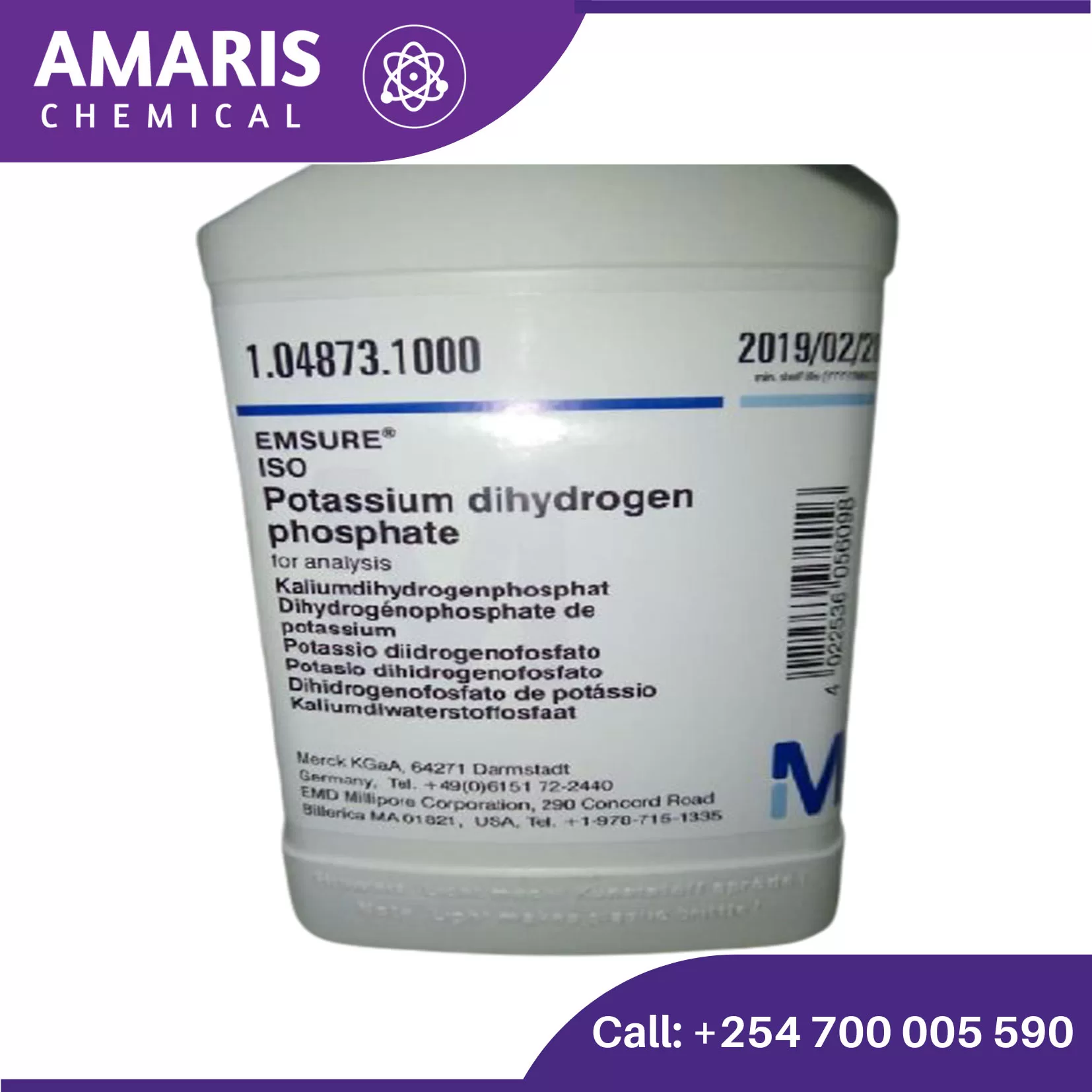
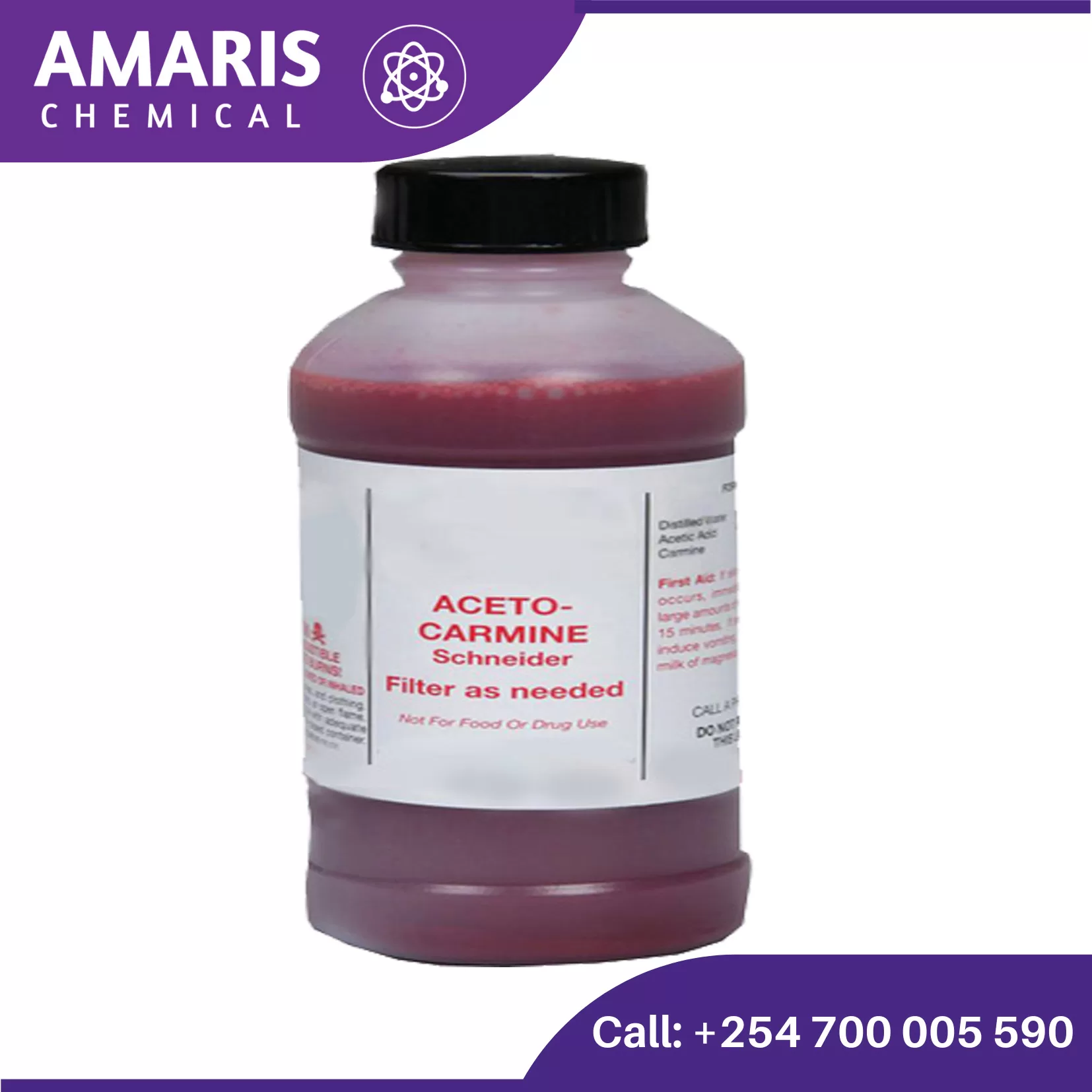

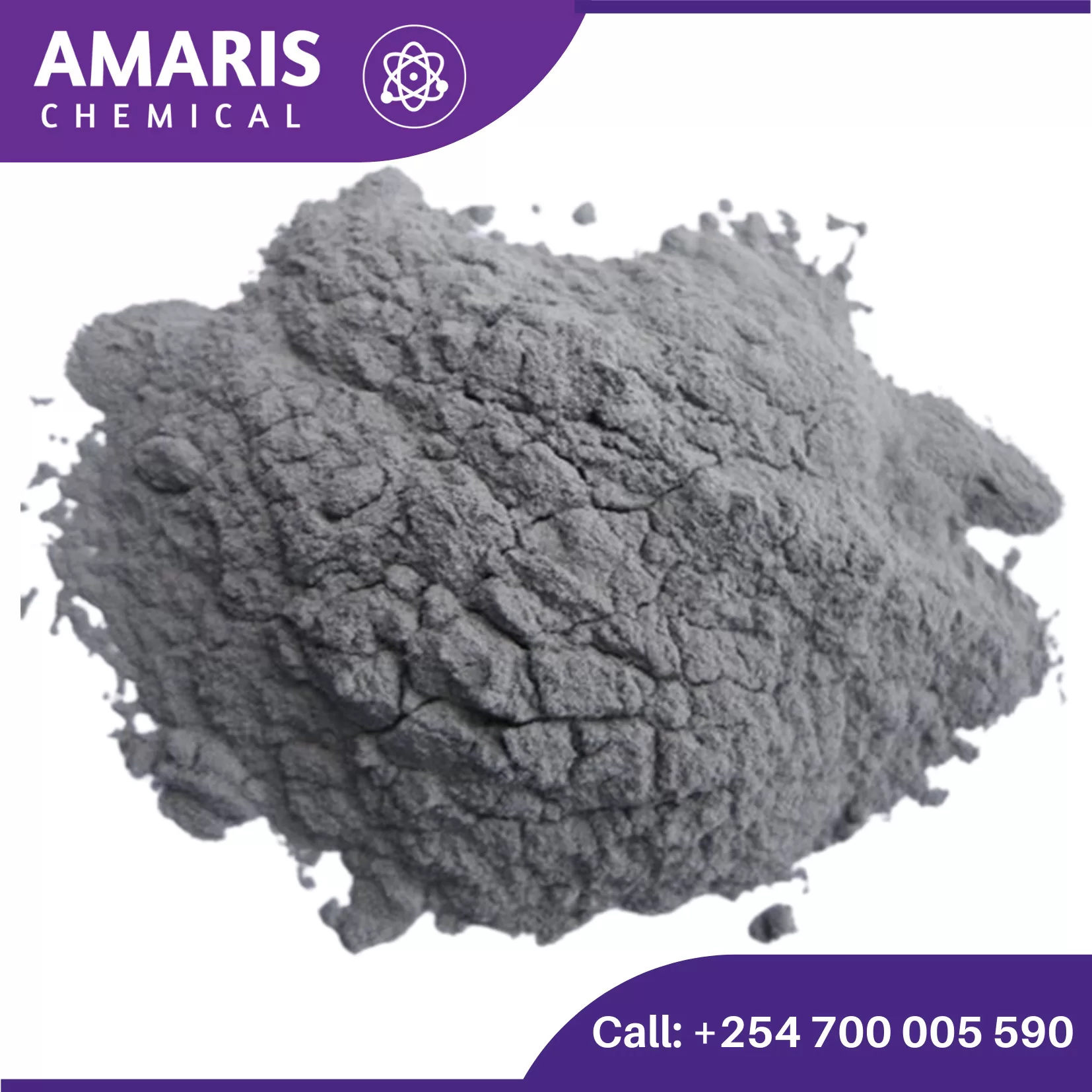
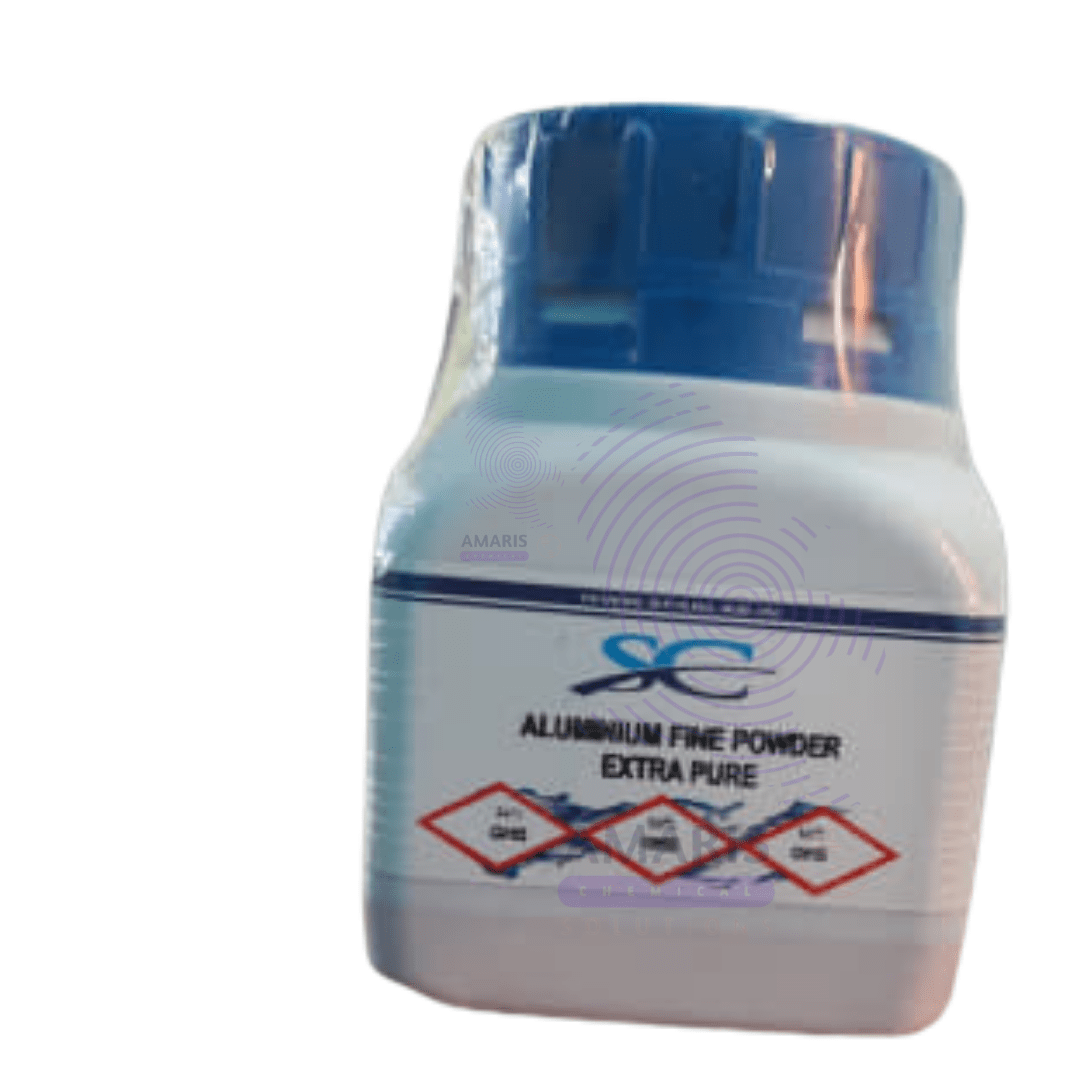

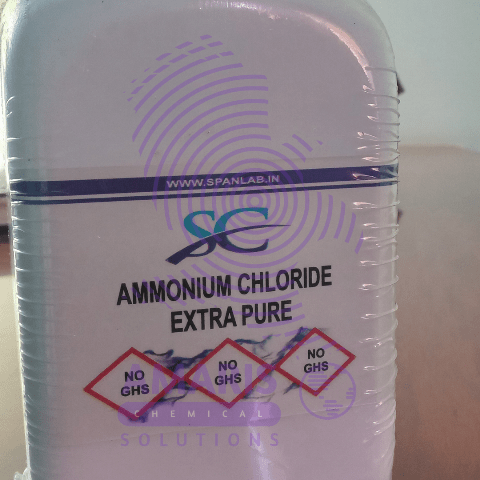


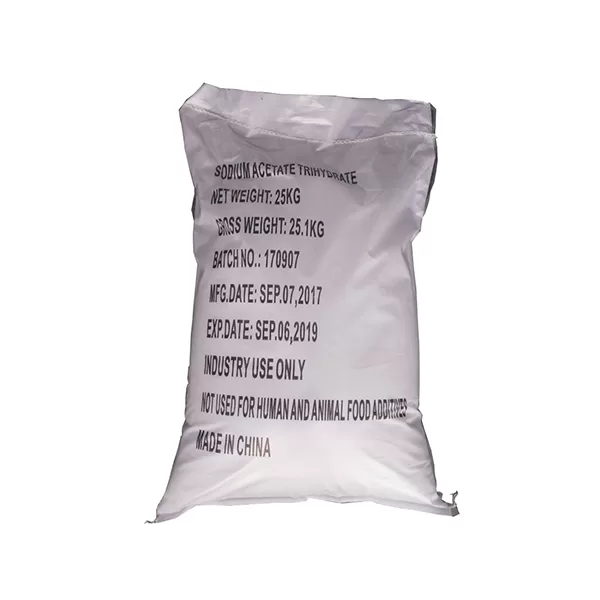
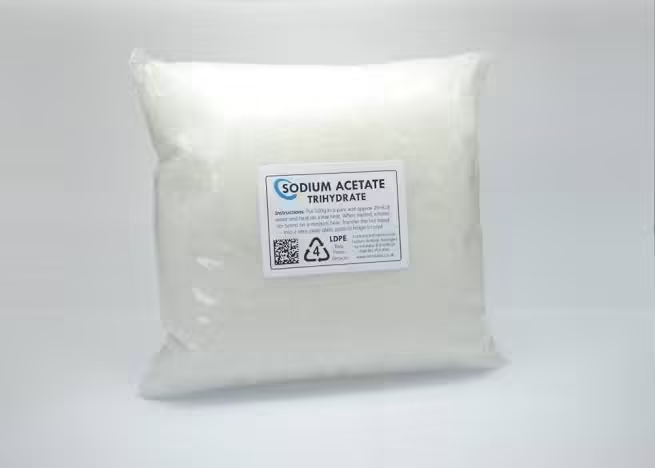









Reviews
There are no reviews yet.